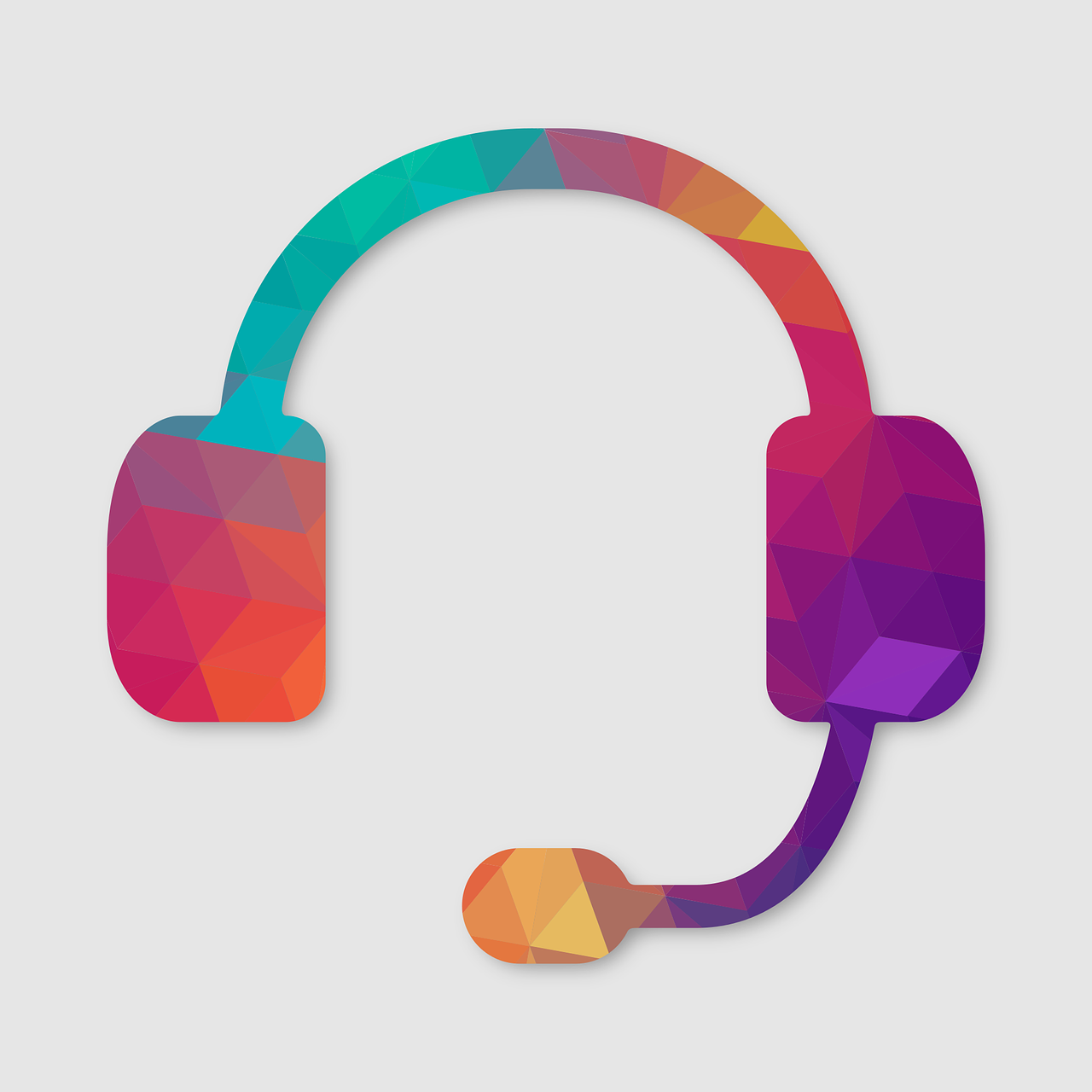Having a help desk account for your customer support team implies the ability to communicate with requesters with appropriate chat etiquette. You should show this skill regardless of the support channel your customers use to reach out to you.
Across the globe, 96% of consumers say customer service is an important factor in their choice of loyalty to a brand.
Microsoft
A positive customer experience depends directly on communication with the support representatives.
Another statistics provided by Ameyo notes:
57% of customers would rather contact companies via digital media such as email or social media rather than use voice-based customer support.
And chat communications are one of these digital media ways of addressing the service team in order to ask for an answer to the question or solution for the problem. That’s why support agents should be at most professional when it comes to chatting etiquette and conversation with customers.
We decided to give your support team some short and easy, but very useful reminders which will help to maintain professional chat etiquette for customer service and provide your clients with a positive conversational tone. Let’s get started!
Start the conversation according to chat etiquette
- Start the chat with a greeting that can be personalized. However, use “Hey there!” if you don’t know the name of the requester. Avoid using “Good afternoon” or “Good evening” as it sounds too formal and the customer may read the message from a different time zone.
- Do not emphasize the probable issue. You don’t know exactly if there is any problem or customer wants to ask a question or wish you a nice day. Just tell the customer that you’re ready for conversation.
Be proactive
- Review the past chats with customers to get the problem background. If you forgot some detail on the client’s issue anyway, there’s a solution. In many help desk options, you can use customer context tools. They enable support teams to look through the needed background on the problem without having to disturb the customer again.
- Providing international support, keep in mind the cultural differences in communication and chat etiquette may be a little bit different. Remember about high- and low-context cultures and other peculiarities in international communication. Just be ready for any unexpected turn, so you can stay professional in any situation. It means being tolerant and understanding first of all.
Write accordingly
- Pay attention to your grammar and spelling. Carefully read everything you’ve written before sending it to the end-user, so the mistakes won’t overshadow the point of your message. Exceptional grammar is your must-have, so try not to miss any detail.
- Don’t use abbreviations, slang, or shortcuts. Maybe these are very common and widely used in ordinary life but still, as a support representative you need to maintain the right professional tone.
- Try to avoid joking. The same, jokes can be a very good way to break the ice but to use it you should be 100% sure that the client will understand it and won’t feel insulted as the result. However, some funny phrases can add a personal touch to your conversation especially when the problem is already solved.
- Don't type in all capitals. Writing everything in capital letters gives a feeling like you are being shouted at. So, try to express your point without acting too emotional or pushy, and keep a positive tone according to customer service etiquette.
- Use exclamation marks wisely. In order to not look childish or unprofessional, don’t use exclamation marks too often in your sentences nor put more than one of them at the end of the sentence. They are appropriate to use only in the rare cases of expressing your excitement and emotional connection.
- The tone is also a thing that can be easily misinterpreted. Support agents should pay special attention to it. Sometimes, you may seem too rough instead of straightforward, so before sending the message to your interlocutor, it’s better to make sure you don’t sound like that. There’s a great practice for this purpose. Just read the message out loud. If it sounds harsh to you, it will definitely be the same for the customer.
Be straightforward
- Keep off the absolute statements. Try not to generalize things you say and use canned responses only where necessary. Such information can turn out as wrong in some cases and you will become an unreliable source. And such a result is not what companies want for building customer relationships.
- Don't guarantee continuous support and quick response. There are situations when it’s impossible to affect the availability of the support hours. Especially, when you share a planned response time. You can’t know for sure if your colleagues will be available at the moment without asking. So, don't promise your customers to receive their feedback or support then you’re not sure that others will be able to address the issue during the required time.
- Don't set expectations for things you’re not sure to offer. The same rule applies to discounts, promo codes, gifts, and other offers that don’t depend directly on you. If the company doesn’t provide such benefits then they’re not a thing to offer to your customers. They will be ready to get what they were promised. And if they don’t, it will be a big disappointment.

Offer more personalized service
Make sure to provide some information about yourself, however, keep everything on the professional level.
- Pay attention to the information you already have. Make sure you read everything your customers tell you carefully. Then, you will be able to provide a quick response that will be fully relevant and understandable as it has to be. Customers don’t like to repeat themselves, so make sure to remember what their problems are and don’t ask about the same details on and on.
- Always use a profile picture in your chat profile. People like to be treated like people and to be understood. One of the ways to ensure they feel like this while communicating with you is to add a photo to your profile. Seeing a person whom you’re talking to makes it easier to trust and thus, share their worries.
- Avoid too much/too difficult jargon. Remember that your customers are not robots and sometimes they can be completely unfamiliar with your company’s product. So, make sure you explain and write everything in simple language without difficult terminology.
- As said before, customers want to feel human communication. Make sure to provide some information about yourself at the beginning, so they are aware of whom they are talking to. However, keep everything on a professional level. Don’t add too much personal information if you don’t want to seem inappropriate.
- Avoid sending one-liner answers during the whole chat session. They don't lead to the advance of the conversation in any way. The answer should be brief and precise, but it also has to carry some sense for the conversation.
- End your chat appropriately. Everyone deserves to know when the conversation has come to an end. Don’t just leave your customers “on read”. At least, say “thanks’ or in any other way let your recipient know that the issue is successfully resolved. As a result, customers will receive a positive chat experience.
Keep the customers informed
Update your customers about the stage you’re at now and what you’re doing at the moment according to chat etiquette. It’s even better if you do it first, so the customer doesn’t have to ask you every time.
- Answer as quickly as you can. If the customer has to wait for their problem to be solved because of its complexity, be sure to answer all their questions about the progress as quickly as you can. Just tell at what stage you are now and explain why do you require more time to provide the solution.
- Update them regularly and keep connections with customers. Similar to the previous tip, update your customers about the stage you’re at now and what you’re doing at the moment. It’s even better if you do it first, so the customer doesn’t have to ask you every time. When it’s relevant, you also can provide additional reference information that will help the customer to trace the progress of their issue. It can be a ticket number of their request, for instance. Also, try to receive customer feedback at every stage of the conversation.
Ask for help
- Sometimes the customers try to explain something to you but no matter how hard they try, you can’t get the exact meaning of what they are telling. In this case, it’s better to get someone from the team who may be a little more experienced or just someone to look from another point of view. It’s always better than making a customer repeat themselves over and over.
- Follow the same strategy with particular issues. When you feel that you won’t be able to solve the problem properly, pass the customer request to another support representative to deal with. It's always better than making things worse without full competence.
- When you finally decided to pass the request on to your colleague, make sure to keep them tuned. Inform them about all the details or leave relevant notes, so the next agent doesn’t have to ask the customer to tell about the same issue again.
Be sympathetic
- Try to understand customers’ frustration and do all favors they may ask for quickly to avoid making them more irritated. Especially, don’t take their behavior personally, as they are just worried about their problem. So, try to put yourself in their shoes, calm them down, and provide the best chat solutions for their issues.
Conclusions
So, maintaining a professional image is an important part of the support agents’ workflow. They should always remember to stay professional in any business conversation and follow the chat etiquette rules. Professional etiquette practices are there to help with this purpose. Using these simple tips agents can make the most effective use of chat both in their communication with customers and anyone in the business environment.







